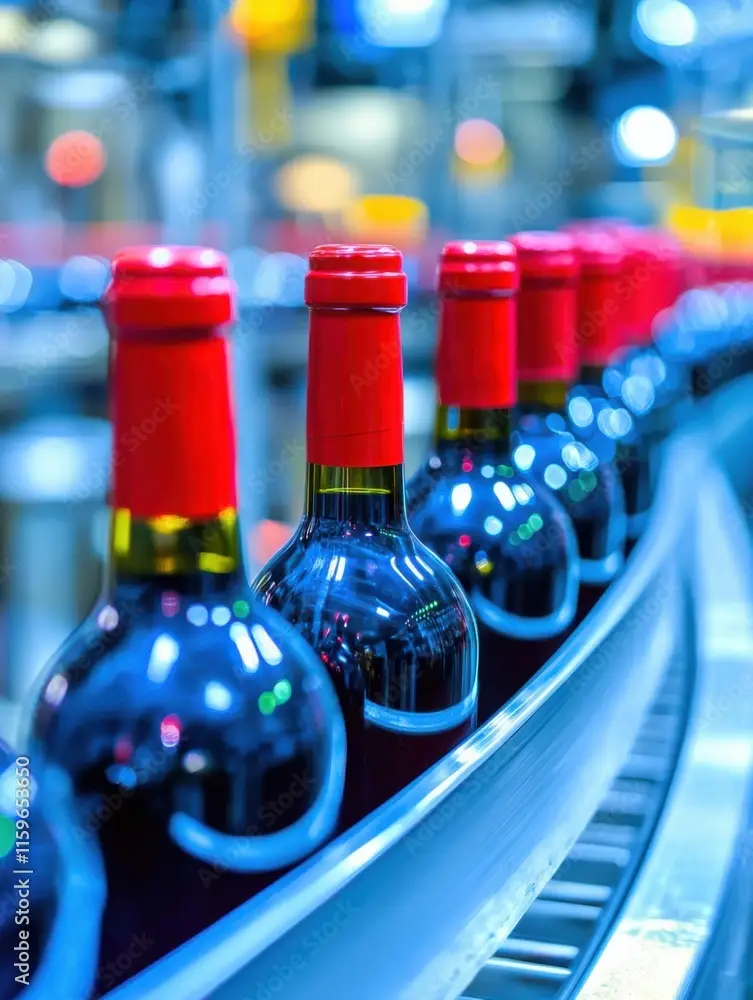Wine has been an integral part of human history for thousands of years — enjoyed by pharaohs, philosophers, peasants, and presidents alike. But while the essence of wine has remained largely unchanged, the vessels and labels used to store and represent it have evolved significantly over the centuries. From ancient amphorae to today’s sleek, branded bottles, the story of wine packaging is as rich and layered as the wine itself.
Ancient Beginnings: Clay and Amphorae
Long before glass bottles came into play, early winemakers used clay containers called amphorae to store and transport wine. Popular in Ancient Greece and Rome, these two-handled vessels were sealed with resin or wax to preserve their contents. Amphorae often featured inscriptions or stamps indicating their origin, maker, or vintage — a primitive form of wine labeling.
The Rise of Glass Bottles
Glass-blowing technology advanced significantly during the Roman Empire, but it wasn’t until the 17th century that glass bottles became the norm for wine storage. Initially, these bottles were rounded and inconsistent in shape, making them difficult to stack or store. This changed when Sir Kenelm Digby, an English inventor, introduced thicker, darker glass bottles with a uniform design. These bottles not only improved storage and aging but also added a touch of elegance to the presentation.

Standardization and Shape
By the 18th and 19th centuries, wine bottles became more standardized in size and shape. Different wine regions began adopting specific bottle styles — for example, the tall and slender Alsace bottle, the high-shouldered Bordeaux bottle, and the sloped Burgundy bottle. These shapes helped consumers identify the type or origin of the wine at a glance, a tradition that continues today.
The Birth of Wine Labels
Wine labels, as we recognize them today, began appearing in the 18th century when glass bottles were sealed with cork and needed a way to display information. Early labels were handwritten or printed on parchment, tied around the neck with string or glued to the glass. As printing technology improved, labels became more elaborate and decorative, often showcasing the winery’s crest or region of origin.
Branding and Regulation
The 20th century saw an explosion of wine branding and marketing. Wineries began to differentiate themselves with unique logos, label designs, and storytelling elements. At the same time, governments introduced stricter labeling laws to protect consumers and ensure transparency about origin, alcohol content, and grape varieties. Labels became not only tools for information but also expressions of personality and prestige.
Modern Trends: Minimalism to Augmented Reality
In the 21st century, wine labels have become powerful branding tools. Some wineries opt for minimalist, clean designs that speak to modern aesthetics, while others embrace bold art, humor, or even interactive labels. Technology has played a role too — QR codes, NFC chips, and augmented reality (AR) labels now allow consumers to engage with the story behind the bottle in new and exciting ways.
Sustainability is also influencing modern wine packaging. Lightweight glass, alternative materials like cans and boxes, and eco-friendly labels are becoming more common as wineries aim to reduce their carbon footprint.
Conclusion
The evolution of wine bottles and labels reflects a broader journey — one of innovation, craftsmanship, and cultural change. What began in clay jars has become a blend of art, science, and storytelling, connecting us not just to what’s in the glass, but to the people and places behind it. So next time you pick up a bottle, take a moment to appreciate the label and shape — they’re telling a story centuries in the making.
Cheers to the history, and the future, of wine! 🍷
Want to Explore Our Wines.
OneGrape wines cover a wide range of tastes and occasions.
Visit our shop today to order your specially selected wines.


